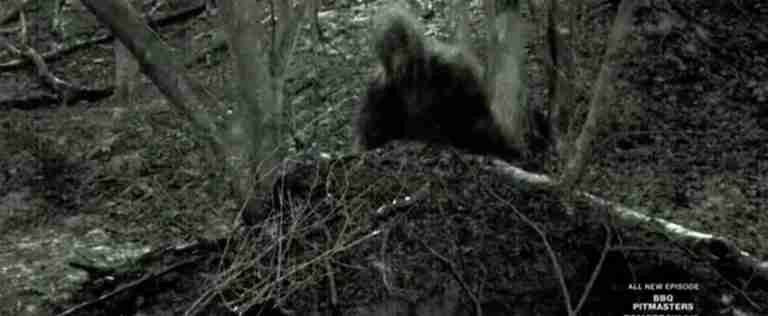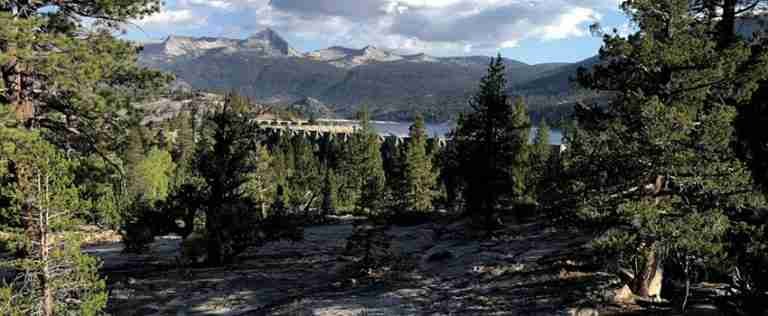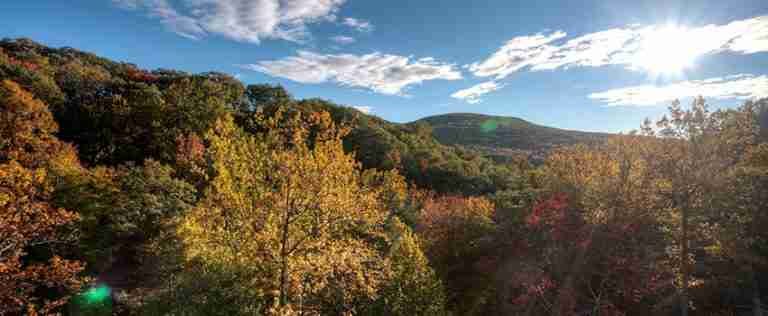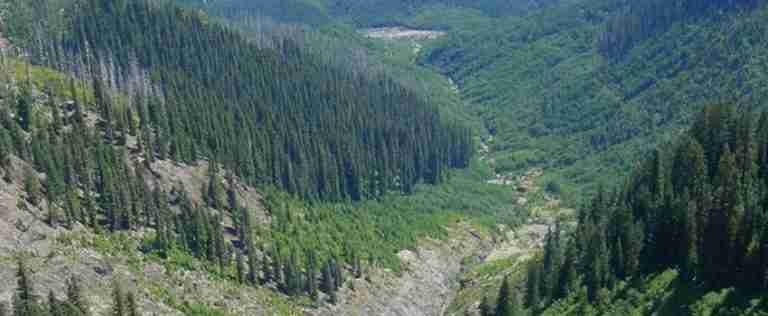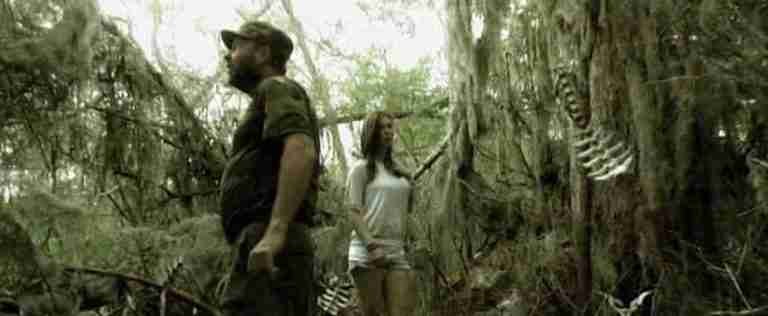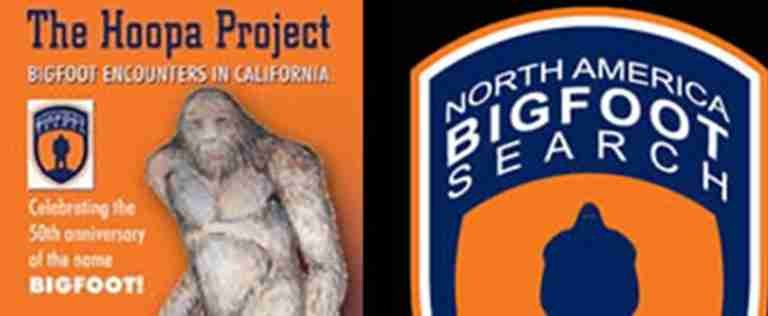The Legend of the Alaskan Bigfoot: A History of Sightings and Encounters
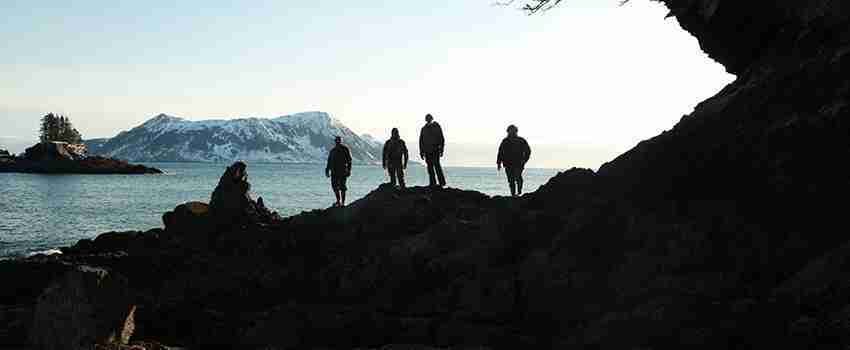
Bigfoot, also known as Sasquatch, is a mysterious, ape-like creature that has captured the imaginations of people around the world for decades. Sightings of Bigfoot have been reported in many different parts of the United States, including Alaska, where there have been numerous reported encounters with the creature.
Despite the lack of concrete evidence, Bigfoot remains a popular subject of folklore and is often the subject of investigation by researchers and enthusiasts. In this article, we will explore the history of Bigfoot in Alaska, the theories surrounding its existence in the state, and the impact that Bigfoot has had on Alaskan culture and tourism. So, let’s dive into the world of the Alaskan Bigfoot and see what we can learn about this elusive creature.
History Of Bigfoot In Alaska
The history of Bigfoot in Alaska dates back to the traditions and legends of the state’s indigenous peoples. Many Native American cultures in Alaska have stories of a large, hairy humanoid creature that lived in the wilderness and was known for its strength and elusiveness. These stories were passed down through the generations, and many people in Alaska today continue to believe in the existence of Bigfoot.
In modern times, there have been numerous reported sightings of Bigfoot in Alaska. Some of these encounters have been documented by experts, including wildlife biologists and other professionals. For example, in the 1970s, a group of biologists studying bears in the state claimed to have seen a Bigfoot-like creature while they were out in the field. In recent years, there have also been numerous reported sightings of Bigfoot in the Alaskan wilderness by hikers, hunters, and other outdoor enthusiasts.
Despite the lack of concrete evidence, these sightings have fueled interest in the search for Bigfoot in Alaska and have contributed to the enduring legend of the creature in the state. Whether or not Bigfoot actually exists in Alaska remains a subject of debate, but the history of the creature in the state is an important part of its legend and continues to captivate the imaginations of people around the world.
Theories About The Existence Of Bigfoot In Alaska
There are a number of theories about the existence of Bigfoot in Alaska, and opinions on the subject are divided. Some people believe that Bigfoot is a real, undiscovered species that has managed to evade detection by scientists and the general public. These believers often point to physical evidence such as footprints and hair samples as proof of Bigfoot’s existence. They also point to eyewitness accounts of Bigfoot sightings as evidence that the creature is real.
Others, however, believe that Bigfoot is a myth or a legend that has been perpetuated through hoaxes and misidentifications of known animals. They argue that the physical evidence cited by Bigfoot believers is not reliable or has been debunked as a hoax. They also point out that many of the eyewitness accounts of Bigfoot sightings are unreliable or cannot be confirmed.
Despite the lack of concrete evidence, the search for Bigfoot in Alaska continues. Many researchers and enthusiasts continue to search for Bigfoot in the state, and some even claim to have had encounters with the creature. Whether or not Bigfoot actually exists in Alaska remains a mystery, but the theories about its existence continue to fascinate and captivate people around the world.
The Role Of Bigfoot In Alaskan Culture And Tourism
Bigfoot has become an important part of Alaskan culture and tourism, with the creature being featured in local folklore and being used as a subject of tourism campaigns. Many people in Alaska believe in the existence of Bigfoot and view the creature as a part of the state’s natural history. As a result, Bigfoot has become a popular subject of discussion and is often featured in local events and attractions.
One example of this is the annual Bigfoot Daze festival in Willow, Alaska, which is a celebration of the creature and its place in local folklore. The festival includes a parade, live music, food vendors, and other activities, and attracts visitors from all over the state.
In addition to events like Bigfoot Daze, there are also several Bigfoot-themed attractions in Alaska, including museums and gift shops that sell Bigfoot-related souvenirs. These attractions draw tourists from around the world and contribute to the local economy.
Overall, Bigfoot plays a significant role in Alaskan culture and tourism, and its presence in the state has had a tangible impact on the local economy. Whether or not the creature actually exists, its enduring legend and place in popular culture continue to captivate people’s imaginations and draw visitors to Alaska.
Conclusion: The Legend of the Alaskan Bigfoot: A History of Sightings and Encounters
In summary, the history and theories surrounding Bigfoot in Alaska are complex and multifaceted. The creature has been a part of local folklore for centuries, with Native American cultures in the state having stories and legends about a large, hairy humanoid creature that lived in the wilderness. In modern times, there have been numerous reported sightings of Bigfoot in Alaska, with some of these encounters being documented by experts.
There are a number of theories about the existence of Bigfoot in Alaska, with some people believing that the creature is a real, undiscovered species and others arguing that it is a myth or a legend perpetuated through hoaxes and misidentifications of known animals. Despite the lack of concrete evidence, the search for Bigfoot in Alaska continues, with researchers and enthusiasts continuing to search for the creature and claim to have had encounters with it.
Bigfoot has also become an important part of Alaskan culture and tourism, with the creature being featured in local events and attractions and contributing to the local economy. The future prospects for the search for Bigfoot in the state are uncertain, but the enduring legend of the creature is likely to continue to captivate people’s imaginations for years to come.

